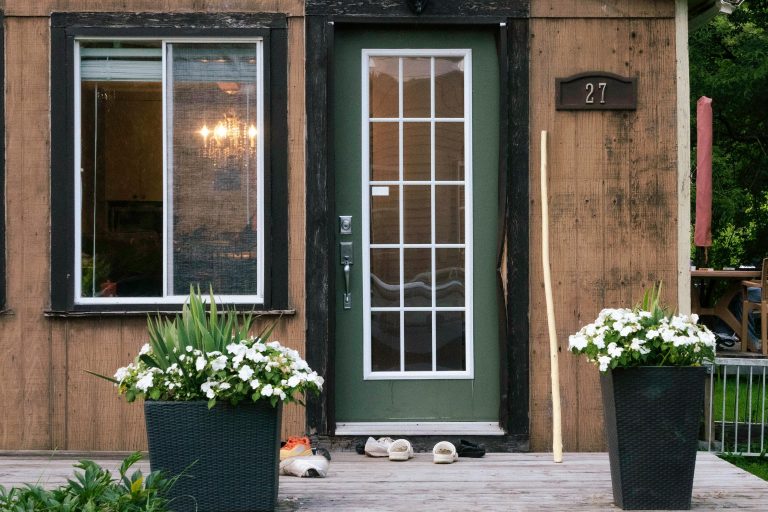Cold rooms, fogged panes, and tired frames drain comfort and attention. Projects stall when quotes describe different products, when lead times slip, and when crews arrive before the scope is set. A steadier path works better. Define the rooms, set simple performance targets, and ask each bidder for the same package. Keep one folder for drawings, specs, and photos so everyone reads the same facts. This plan sounds plain, which is the idea – fewer surprises on install day, fewer drafts in January, and a house that looks finished rather than patched. The aim here is simple: clear choices, clean steps, and results that hold up long after the caulk dries.
Homeowners in the capital need a local lens and a practical map. That starts with a quick reality check on product lines and what matters in this climate, then moves to quotes that compare apples to apples, and ends with install details that keep walls dry when winter turns sharp. A short overview of options, the kind you’d expect to find when looking for windows and doors ottawa during the planning week, helps set expectations without hype. With that frame in place, upgrades stop feeling like guesswork. Rooms hold heat with fewer drafts, exterior lines look clean from the curb, and the project stays on schedule because everyone works from the same sheet.
Scope and budget that stay put
Start with a quick walk-through and write one clear note per room. A south kitchen wants light with glare control. A nursery needs quiet and steady night temps. A mudroom needs durable frames that shrug off moisture. Put the room goals next to simple targets in plain numbers – U-factor for winter heat loss, SHGC for sun on west and south faces, and a finish that matches nearby trim. Decide which openings need full-frame replacement to fix hidden rot and reset flashing, and which can take inserts to save intact interior casing. Ask bidders to price the same list and to state install method in writing – sill pan with back dam, shingle-style flashing, low-expansion foam, and a drip cap at the head. When the plan reads this way, the price spread has reasons that can be weighed without stress, and the calendar stops sliding.
Room-by-room choices that actually raise comfort

Picking every window the same way wastes money. Different rooms ask for different strengths, and the differences are easy to track when written down once. Use this short list to steer decisions with less noise.
- Frames that fit the job. Vinyl handles wet areas and keeps cost steady. Fiberglass stays stiff in wide spans and takes dark color well. Clad wood gives a warm interior face with a low-care exterior.
- Glass that helps every day. Low-e coatings cut winter loss and trim summer gain. Warm-edge spacers lift edge temperature so corners stay clear at dawn. Laminated glass calms street noise in front rooms.
- Screens, locks, and hardware. Match finishes to nearby doors. Check that sashes move with one hand and locks set without force.
- Privacy and light. Textured glass protects baths. Narrower muntins keep small rooms bright.
- Maintenance and cleaning. Tilt-in sashes and removable screens save time during spring washings.
Choose with the room’s job in mind, and comfort improves the first day after install.
Install details Ottawa homes need in deep cold
Most callbacks trace to water paths and gaps, not the glass. A solid job looks quiet and methodical. Frames sit plumb and level on shims so sashes travel clean. A sill pan with a back dam sends stray water back outside. Flanges bed in sealant, flashing tapes lap shingle-style so the head sheds over the sides, and a real drip cap stops wind-driven snow from riding behind trim. Low-expansion foam seals the perimeter without bowing frames. Inside, flexible caulk covers hairline gaps that come with the seasons, and casing lands tight to the wall. Ask the crew for a short hose test across head, jambs, and sill before cleanup. Those extra minutes save weeks of messages about brown edges or cold stripes near the floor when weather swings hard.
Quotes, lead times, and the paperwork that keeps things moving

Quotes are easy to compare when they describe the same job. Each should list sizes, low-e type, spacer, grids, hardware, interior and exterior finish, and the install method. Add lead time from order date to ship week and set an install window with a small weather buffer so old units are never out longer than a day. Keep photos of existing openings and any soft wood, plus copies of labels when products arrive. If rebates or credits apply, book any required inspection early and keep the file number on the quote. This quiet admin work removes the usual snags that slow delivery and helps crews show up with the right parts the first time. The result is fewer delays, a cleaner site, and a finish that looks planned rather than improvised.
Warm rooms, calm weeks
Strong projects run in a steady order – scope first, quotes second, windows third, documents last. Follow that rhythm and the upgrade holds up through late-season storms. Glass stays clear on cold mornings. Doors close with a firm click. Energy bills reflect what the materials can actually deliver. Most of all, time returns to normal because decisions were made once, in the right sequence, with the right details. For homes that need windows and doors Ottawa can count on through long winters and busy springs, this plain plan gets there without drama – clear choices, careful work, and a finish that feels settled the day the ladders leave.













